Why Doesn’t Bleach Remove Blood Completely from Clothes?
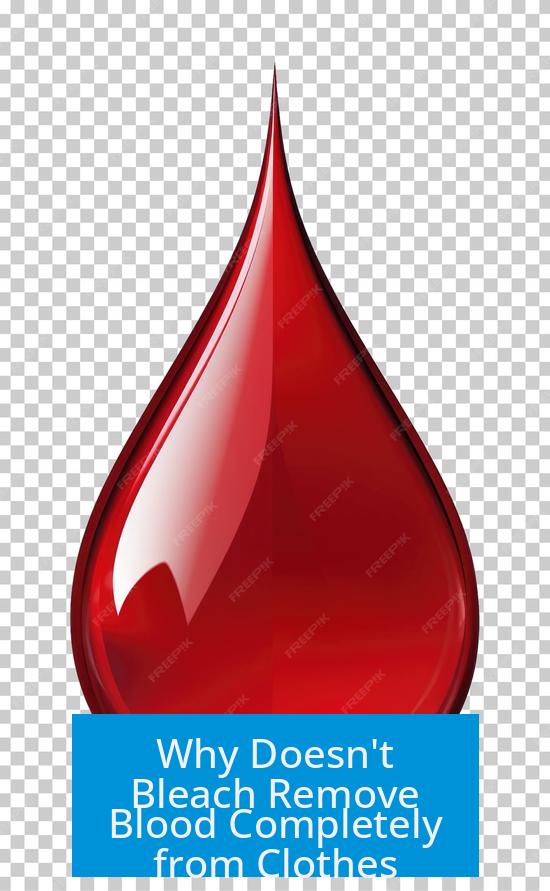
Bleach cannot completely remove blood stains because it chemically alters but does not dissolve the iron in blood, while the fabric’s fine fibers prevent full contact with the bleach. Additionally, stable hemoglobin components remain after bleaching, allowing blood traces to persist.
Chemical Interaction of Bleach with Blood Components
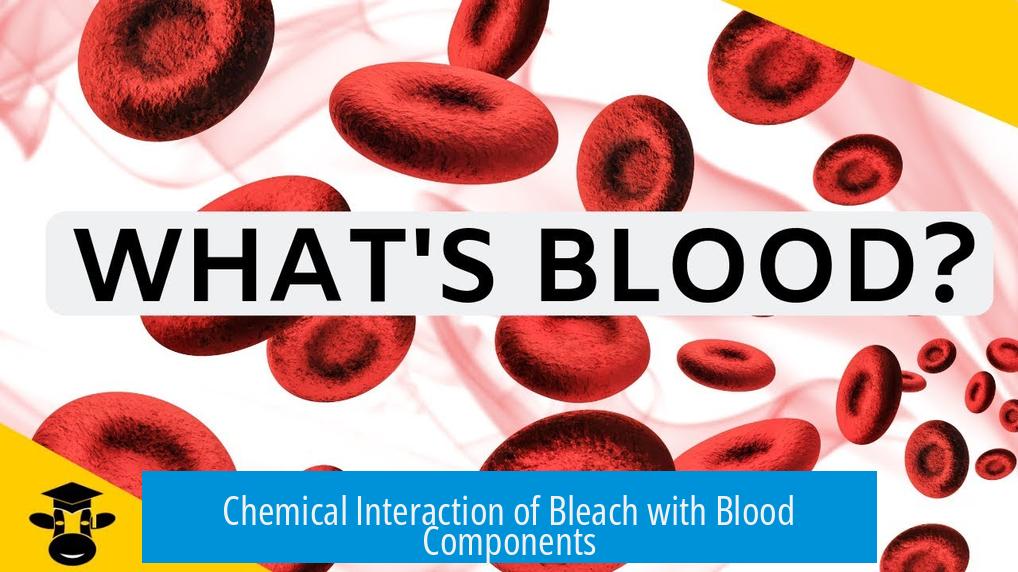
Bleach is highly basic and destroys blood cells and hemoglobin proteins. However, instead of breaking down iron completely, bleach precipitates iron as insoluble iron hydroxides. This leaves behind iron stains that do not wash away easily.
- Hemoglobin contains iron bound in a porphyrin ring.
- Bleach alters hemoglobin but cannot remove chelated iron fully.
- Iron precipitates onto fabric fibers rather than dissolving.
Fabric Structure Limits Bleach Effectiveness
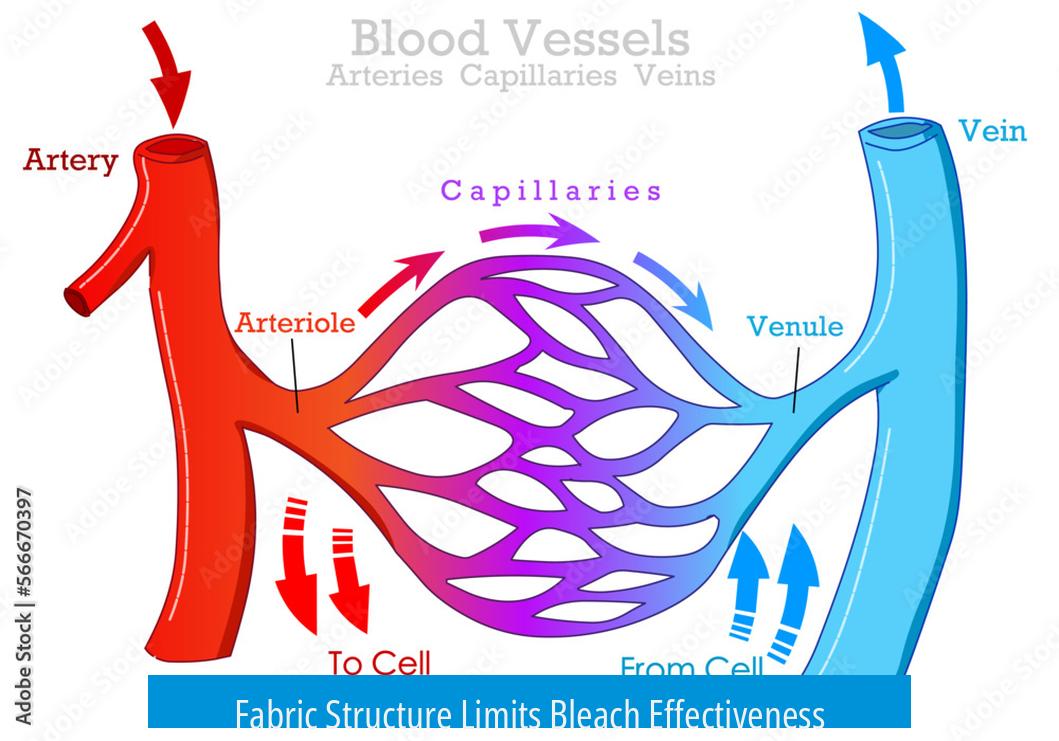
Clothes are made from a dense network of tiny fibers. These fibers create a complex, porous surface that bleach cannot fully penetrate.
- Blood seeps deep into fabric layers.
- Bleach solution contacts only exposed fibers.
- Trapped blood residues remain hidden within fibers.
Stability of Blood Components after Bleaching

Some chemical structures in blood resist degradation. Porphyrins—the rings surrounding iron in hemoglobin—are particularly stable and some iron remains chelated even after bleach treatment.
- Porphyrin rings withstand chemical attack better than expected.
- Chelated iron complexes persist post-bleaching.
- These molecular remnants provide a basis for blood detection.
Why Can Blood Be Detected with Luminol After Washing with Bleach?
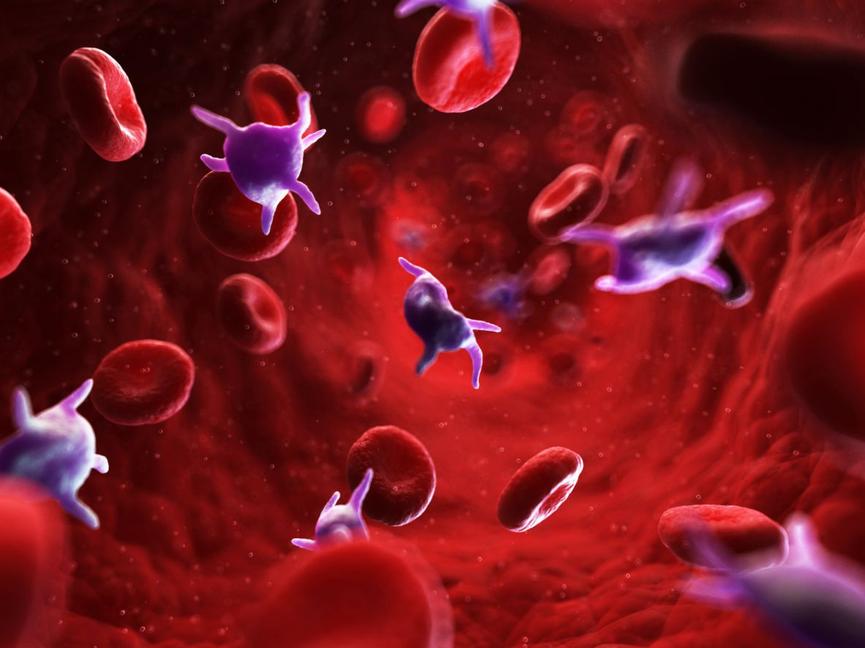
Residual Blood and Bleach Enhance Luminol Detection
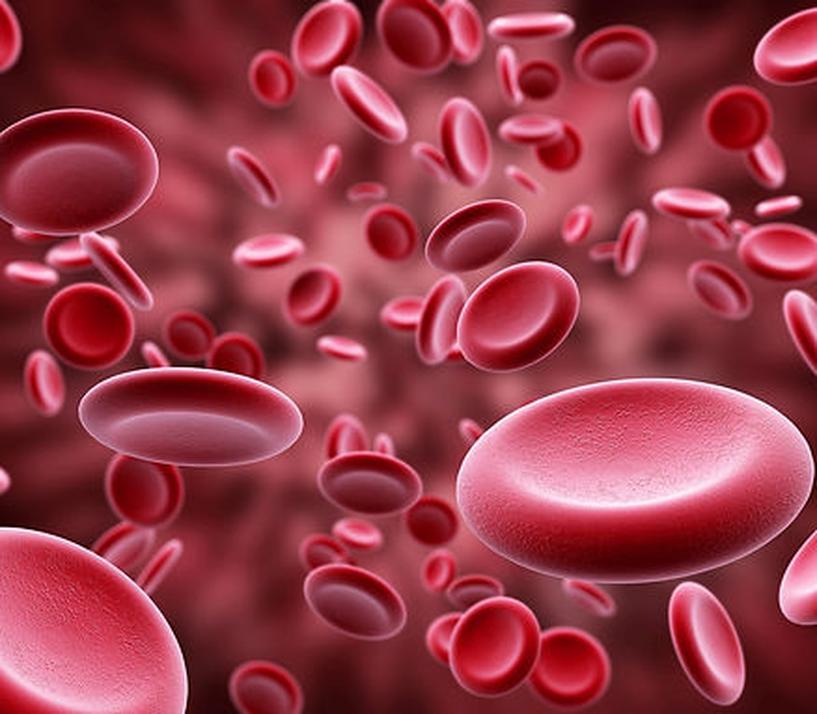
Luminol detects blood through a chemiluminescent reaction with iron in hemoglobin. Since iron residues persist and bleach does not fully eliminate them, luminol still reacts and produces a glow.
Furthermore, residual bleach left on fabrics can also react with luminol, causing luminescence that may complicate interpretations.
- Trace iron in hemoglobin triggers luminol’s glow.
- Highly sensitive luminol can detect minute blood residues.
- Residual bleach can also produce luminescence, affecting results.
High Sensitivity of Forensic Tests
Forensic luminol tests are designed to detect very small traces of blood. Even microscopic amounts that remain after washing with bleach are sufficient to produce a positive luminol reaction.
Key Takeaways
- Bleach precipitates iron in blood as insoluble hydroxides instead of removing it.
- Fabric fibers physically shield blood residues from bleach contact.
- Stable porphyrin and iron complexes survive bleaching.
- Luminol reacts with residual iron and possibly leftover bleach to produce detectable luminescence.
- Forensic methods detect extremely small blood traces unaffected by washing with bleach.
Why Doesn’t Bleach Remove Blood Completely from Clothes? Why Can Blood Be Detected with Luminol After Washing with Bleach?
Here’s the short and slightly surprising answer: Bleach doesn’t completely remove blood from clothes because it chemically changes blood components without dissolving certain residues, and the fabric’s texture hides bits of blood where bleach can’t reach. On top of that, residual bleach itself can glow when exposed to luminol, making forensic detection very effective even after washing.
Now, buckle up. This isn’t your usual “bleach kills stains” story. Let’s unpack the real science and practical details behind why your blood stain mystery lingers—even after that heavy-duty bleach wash.
The Bleach and Blood Chemistry Tango
Bleach is a powerful chemical, no doubt. It’s great for brightening Whites and zapping tough stains, but when it comes to blood, things get tricky fast. Blood contains hemoglobin, the red pigment transporting oxygen in your blood. Hemoglobin contains iron nestled inside porphyrin rings.
Bleach, which is highly basic (hello, pH!), does a decent job destroying blood cells and hemoglobin. However, instead of washing away the iron, bleach causes iron to precipitate as iron hydroxides—solid residues that cling stubbornly to your fabric fibers. So yes, bleach chemically alters the blood but leaves behind those iron particles locked in place.
The take-home here? Bleach might break down organic material, but iron leaves a non-dissolvable fingerprint on your clothing. It’s like trying to erase pencil marks with a dry sponge—some traces will stay.
Why Fabric Fibers Love to Play Hide-and-Seek With Bleach
Picture cloth fabric as a microscopic forest. The fibers weave in a dense and complex network full of nooks and crannies. Blood seeps into this tangled maze and clings tightly. Bleach isn’t magical; it can’t chase every single speck of blood hiding inside this fiber maze.
Even if you pour bleach over the fabric like you’re watering a garden, it won’t reach every blood droplet trapped deep inside. So, some stains survive the bleach bath, snickering quietly.
Blood Components That Just Won’t Quit: Porphyrins and Chelated Iron
Blood isn’t just a liquid of wonder; it’s got chemical components designed to be tough. The porphyrin rings in hemoglobin are chemically stable, almost like stubborn little soldiers. Bleach can partially break them down, but a good chunk stays intact.
Plus, the iron that binds tightly within these rings is chelated—think of it as firmly handcuffed to the protein structure. This means some iron doesn’t just wash away but remains chemically bound, leaving forensic travelers a breadcrumb trail.
Luminol and Bleach: A Glow You Didn’t Expect
Luminol is a superstar chemical in crime labs. It glows bright blue when it reacts with iron in blood—making invisible stains pop out dramatically. But here’s the plot twist: residual bleach left in the fabric can also react with luminol and produce a fluorescence effect.
So, even if you scrubbed your clothes with bleach, traces hanging around can cause the luminol test to light up. This can confuse the innocent but forensic experts know how to interpret this carefully.
Blood Tests: Detecting Needles in a Haystack
Modern forensic methods are ultra-sensitive. You don’t need much blood to set off their alarms. Even after washing and bleaching, these techniques detect minuscule remnants.
This sensitivity explains why blood can often be identified when you’d expect it to be gone. Bleach might fool your eyes, but lab tests rarely get tricked.
A Quick Summary Table of Bleach vs. Blood
| Aspect | What Happens | Result |
|---|---|---|
| Bleach and Iron | Bleach precipitates iron as iron hydroxides | Iron residues remain on fabric, not dissolved away |
| Fabric Structure | Fibers trap blood in microscopic crevices | Bleach can’t reach all stains |
| Porphyrins and Chelated Iron | Stable chemical compounds resist full breakdown | Chemical traces of blood persist |
| Residual Bleach | Can react with luminol to create glow | Potential for false positives or enhanced detection |
| Forensic Sensitivity | Ultra-low blood amounts detectable | Blood detected even after washing with bleach |
Practical Wisdom: What This Means for Your Laundry (and Detective Work)
If you expect bleach to magically erase blood stains, think again. It’s a decent first step for white or colorfast fabrics but not a complete solution. It can weaken fibers and cause fading, especially on delicate or colored fabrics, so don’t be overly enthusiastic.
If you really want to remove blood stains effectively, consider these alternatives:
- Hydrogen Peroxide: It’s a natural enzymatic stain buster for fresh and dried blood. Just test it first on a hidden spot to avoid surprises.
- OxiClean or Enzyme Cleaners: These are fantastic for tackling stubborn protein stains. Soak the stained clothing to give enzymes time to work.
- Steam Treat Cycle: Modern washers with steam settings can loosen stains deeply embedded in fabric fibers.
- Detergents with Active Oxygen: Science-backed detergents can dissolve blood traces more thoroughly than bleach alone.
Also, treat stains quickly. Fresh blood is easier to banish than dried-in clots that lock into fabric tight. Avoid heat when treating blood stains; hot water or dryers will set the stain forever. Finally, sunlight is a secret weapon. It breaks down proteins and lightens stains naturally.
Bleach vs. Blood: The Takeaway
Bleach does not completely remove blood because it chemically alters but doesn’t dissolve iron residues, its basicity precipitates iron as insoluble compounds, and fabric fibers hide blood deep within. Stable blood components survive bleaching. Residual bleach can complicate luminol detection, but forensic tests remain highly sensitive, detecting blood remnants even after washing.
So next time you try to bleach out a blood stain, remember: it’s a chemical chess game between you, the blood, and the fabric. Bleach can be a helpful move, but winning the blood-stain battle might take extra tactics—like hydrogen peroxide and enzyme cleaners.
Now, doesn’t that make laundry chores sound a little more like forensic chemistry experiments? Who knew?
Why doesn’t bleach completely remove blood stains from clothes?
Bleach destroys blood cells and hemoglobin but converts iron in blood into iron hydroxides, which do not dissolve and remain as residue. The fabric’s fine fibers also prevent bleach from reaching all blood particles.
How does the fabric’s structure affect blood removal by bleach?
Fabric is a dense network of tiny fibers. Bleach cannot easily penetrate every fiber, so some blood stays trapped deep inside, avoiding complete removal.
Why can blood still be detected with luminol after washing with bleach?
Porphyrins in hemoglobin and chelated iron are stable and survive bleaching. They react with luminol, creating a glow that reveals blood traces even after washing.
Can residual bleach interfere with luminol tests for blood?
Yes, leftover bleach in fabric can also react with luminol, causing luminescence. This can lead to false positives or enhanced glow during detection.
Are forensic tests sensitive enough to find blood after bleaching?
Forensic methods detect very small blood amounts. Even tiny traces remaining after bleach washing can be identified with luminol or other tests.


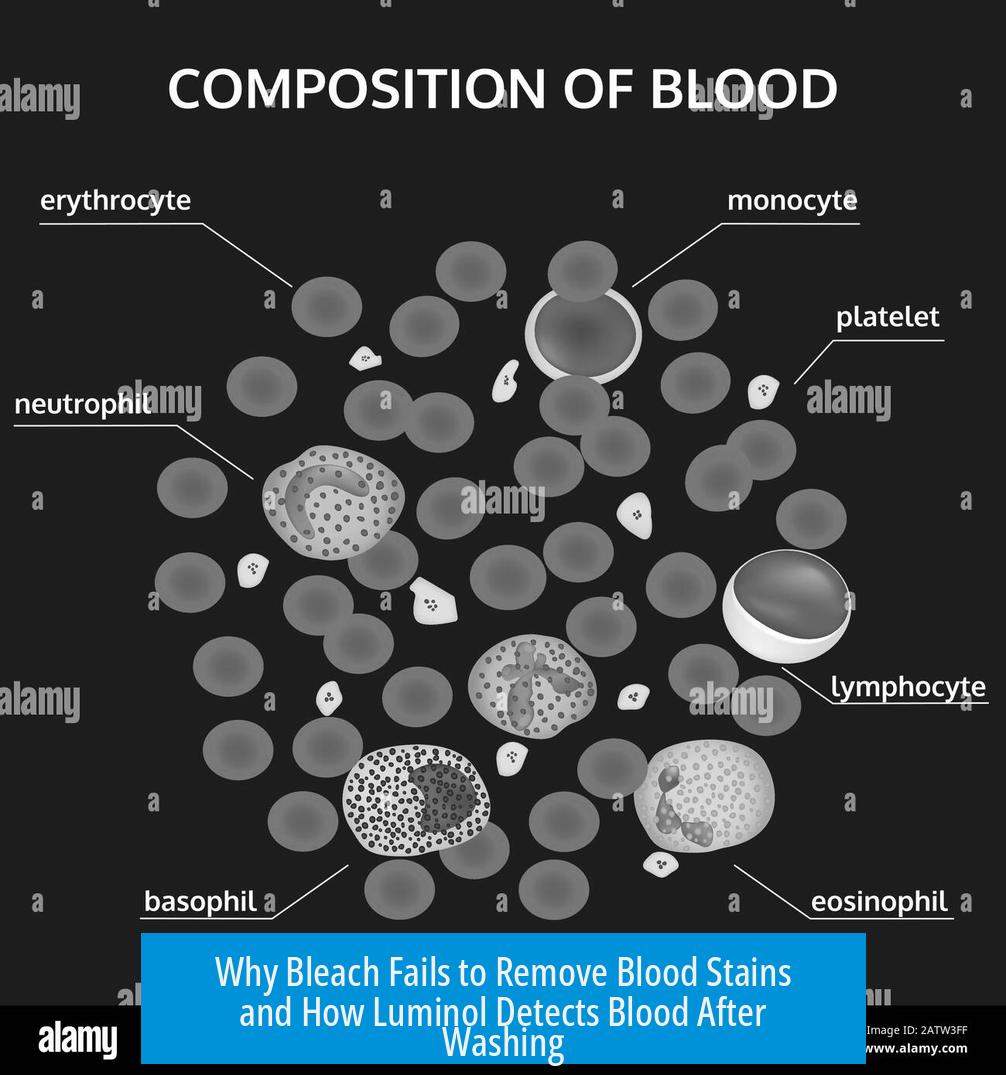

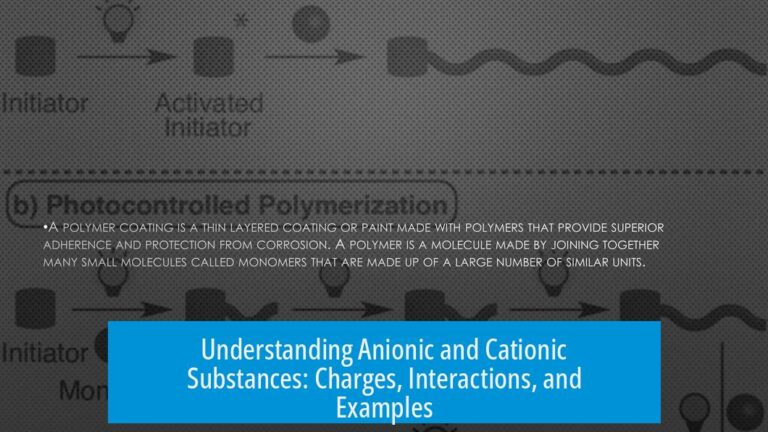
Leave a Comment